Stages of repair in a new building from scratch
They buy an apartment from a developer, often conclude a contract without finishing or with a rough finish. This is not only a way to reduce payments, but also to do all the work efficiently. Although renovating an apartment from scratch in a new building is a long and costly business.
The content of the article
Where to start: sequence of actions
If you purchased a property from a developer without finishing, you will need a step-by-step work plan. For a person who is not particularly familiar with construction, the repair procedure is not at all obvious. And since renovating an apartment from scratch in a new building will require going through all the stages, a plan is simply necessary.
What does "apartment renovation from scratch in a new building" mean?
To determine the scope of work, you need to know where you will start. What you receive after the delivery of the object is spelled out in the contract. Therefore, we take it, read it carefully, and then you can start planning the order of work. Usually an apartment in a new building without finishing is rented in this condition:
- Installed windows (usually double glazed windows) and entrance doors (cheap and not very reliable).
- Unfinished walls (concrete or brick, building blocks), internal partitions - depending on the contract: they may or may not stand.
- Floor - concrete slab without screed.
- Ceiling - the bottom surface of the slab without finishing.
- Electricity is supplied to the apartment; there is a small electrical panel with one automatic machine. There is usually one light bulb in the hallway (on a temporary wiring).
- Heating is divorced, there are batteries, shut-off and control valves. Heating is the only thing that is ready for use at any time, as it is a common property.
- Cold and hot water - risers are brought into the apartment, there are taps with meters (sealed). After the meters there is a crane, to which, if necessary, you can connect.
- Sewerage - there is a riser and a drain, closed with a plug. The system is ready to connect.
- If gas stoves will be used in the house, there is a gas inlet, a meter, after which a plug is installed. Gas appliances can only be connected by representatives of the gas company.
Basically, this is all you have before you start renovating an apartment from scratch in a new building. Everything is in its infancy, but all communications have been brought up.
Apartment renovation in stages
You should immediately decide on the partitions. Decide where and which ones will stand, which ones will need to be removed / moved. If there are already partitions and you are going to redo something, you need to get permission and only then proceed with the transfer. If there are no partitions and you will install them yourself, the contract specifies what materials you can make them from. It is better to adhere to the recommendations, otherwise you can get penalties, and they are considerable.
After the approval of the apartment plan, you first decide where you will have large-sized furniture, appliances, plumbing, etc. You will need this data to prepare a plan for laying engineering systems (water supply, sewerage, lighting, if provided - ventilation). When the plan is more or less ready, you can proceed with the repair itself. The sequence of actions is as follows:
- Installation, transfer of partitions according to the approved project.
- While the partitions are being built, you are engaged in parallel (or order) the developmentwiring plan... After the partitions are up, they do the electrical wiring - chipping the walls, laying the cables (necessarily three-core - with grounding, the cross-section of conductors for electrical wiring is selected individually). Depending on the type of cable, it is laid either in corrugation or without it. Cables are not connected to the shield, sockets, switches are not installed. Only junction boxes, socket boxes are installed, the ends of cables are inserted into them. Wiring is laid:
- in grooves in the walls;
- in the floor under the screed;
- on the ceiling if a suspended or suspended false ceiling is planned.
- If you plan to do soundproofing walls and ceilings, it's time to tackle this issue. It will be frame or frameless, but it is not necessary to level the walls under it, therefore now is the time.
- Laying of pipes for cold and hot water supply, sewerage connection. If the walls are not load-bearing, the pipes can be laid in grooves in the walls (if the thickness of the partitions allows). Otherwise, they try to carry out most of the pipes in the bathroom / toilet, and then close them with a plasterboard box, which is subsequently finished with the same material as the walls.
- Align the walls... If you plan to finish the walls with plastic panels, you do not need to plaster - they are attached to the crate, which levels out all the irregularities. But if later you plan to lay tiles, it is better to plaster - there will be less hassle later. Previously, they were plastered with an ordinary cement-sand mortar, but recently they prefer ready-made compositions based on cement or gypsum (it is easier to work). Plastering can be done simply - hoping for an eye and a building level, or you can - by lighthouses. The second option is preferable, since there is a greater likelihood of getting flat walls and 90 ° right angles. No more and no less. In any case, before plastering, the walls must be primed - to improve the adhesion of the plaster and the base material. The primer is chosen depending on the type of plaster (gypsum or cement).
- If you whitewash / paint the ceiling, it is also leveled with plaster (do not forget about laying electrical wiring to the chandeliers). If suspended ceiling it can also be done at this stage. Stretch ceilings are done after finishing the walls, so if you are planning one, skip this stage. You can only check the quality of the interpanel joints.
- Plastered walls and the ceiling. This is already a preparation for finishing. The choice of the type of filler depends on the type of finish. If it is painting, they take more expensive materials (Shirok, for example) and achieve a perfectly flat surface (you can check it backlit with an LED lamp - the slightest irregularities are visible). Under the wallpaper, the putty composition is taken cheaper and ideality is not so important here. Walls are not putty under the tiles at all.
- After removing the dust after grouting the putty and all other dirty work, they start pouring the floor screed. Here, too, it is necessary to make a number of decisions: whether or not there will be insulation, sound insulation, underfloor heating (electric, other types in high-rise buildings are not available or require approval). The screed can be made with an ordinary cement-sand mixture, you can - flooded floors... In the second option, the result will be better - a smoother floor due to the self-leveling effect of the mixture.
- A week after pouring the screed, while it “ripens”, we are finishing the bath and toilet. There is usually a lot of dirt and everything needs to be done before finishing in the rest of the apartment begins.
- Finishing: paint / whitewash the ceiling, glue the wallpaper (install stretch ceiling).We lay the floors install doors, platbands, plinths. We install the sockets themselves, switches, connect household appliances.
- We bring in furniture and decor elements.
This is the procedure for renovating an apartment from scratch in a new building in general. There are particulars, but they are individual. Then, depending on the situation, shift or swap the stages.
Team or individual specialists
Self-repair of an apartment from scratch in a new building will take a lot of time. If you have it in stock - not a problem. If you want to move into new housing faster, you will have to hire builders. Here questions often arise. Whom to hire for repairs in a new building - a team that promises to do everything on a turnkey basis or individual specialists for each type of work? This issue has already been discussed hundreds of times, but no consensus has been reached. Both options have their supporters. So that you can decide, briefly about the advantages and disadvantages of both solutions.
Full construction?
If you hire a team that will do all the work from start to finish, you may not be satisfied with the quality of their work. Everyone promises quality and speed, but few really do all the work at the proper level. Very often you have to terminate the contract and look for someone who will complete / redo. This task is even more difficult than the search for the first brigade: no one wants to correct other people's mistakes. It is long and troublesome. These are the cons.
The advantage of this decision: the hired people are responsible for all stages of work, up to the finishing (if you so agreed). If you don't like something, you can try to force it to redo, but it is better to control each stage of the work. The second positive point: repairs are progressing faster, since there is no need to look for performers for each new job. These are the pros.
Another moment of the organizational plan. When drawing up a contract, write down the cost of each stage of work. Then, upon termination, you will know exactly how much to pay. Otherwise, they will begin to prove to you that most of the work has been done, and that nonsense remains.
Specialists for performing certain types of work
If you decide to hire separate specialists for each stage of the work, it is difficult to predict the end result. Since you have to complete a certain amount of work and leave, there is a possibility that workers will not try too hard. And each next specialist can say (and usually say) that mistakes were made before him and demand additional payment for their correction. There is only one way out: constant and strict control at all stages of work, clear execution of agreements with clarification of what you want to have at the end of them.
If you do not do some work yourself, then the total cost of paying for work by individual specialists will be higher. But the plus of such a decision is that you can "stretch" spending over time. There was money - they did a certain amount of work.
Finishing materials
Renovation of an apartment from scratch in a new building has its own characteristics. the new house will "sit down" for several years, the foundation, walls, and ceilings will move. All these movements lead to the appearance of cracks, and they can damage the finish coat. Therefore, there is advice: to use not the most expensive finishing materials, which you will not mind replacing in three or four years with new, better quality ones.
Most of the questions arise with the tiles laid on the walls and the screed. Cracks are most noticeable in them, and pleasure is not cheap - both in terms of the cost of materials and the price of work. Therefore, the screed is made floating - without connection with the walls, and instead of tiles on the walls in the bathroom and toilet, they are finished with vinyl wall panels.
Tiles on the walls and floors are often laid in the kitchen, and they try to choose the most attractive collections, which cost a lot. There are two ways out. The first is instead of tiled apron in the kitchen use a plastic or furniture board, and lay linoleum on the floor for now. The second is to lay the tiles, but have a certain amount in reserve to replace the broken tiles. It's not a fact that in three or four years the same collection will still be produced. And even if so, the color is unlikely to be matched one to one.
On the need for sound insulation
Many of the owners of new apartments simply do not think about how quiet their home will be. Not yet before. But it will be too late when you enter. The current trend in multi-storey construction is to make the construction as easy as possible in order to save on the foundation. Lightweight materials are great, but the problem is they conduct sound well.
As a result, it turns out that the repair is completed, and you, if you wish, can take notes of the conversations of your neighbors, and they are yours. Far from being a rosy prospect. Therefore, it is worth thinking about soundproofing. Yes, these are additional expenses and considerable, but silence is more important.

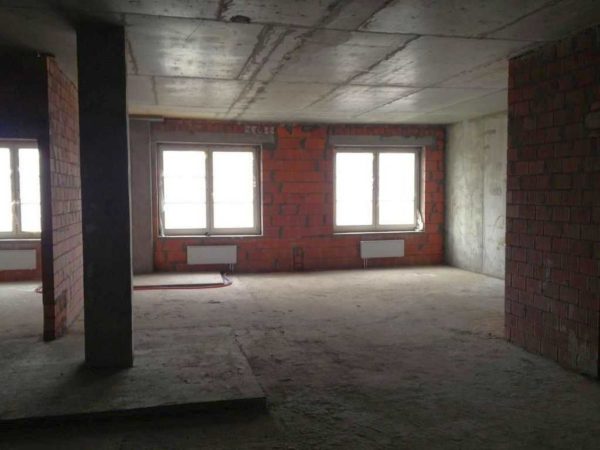
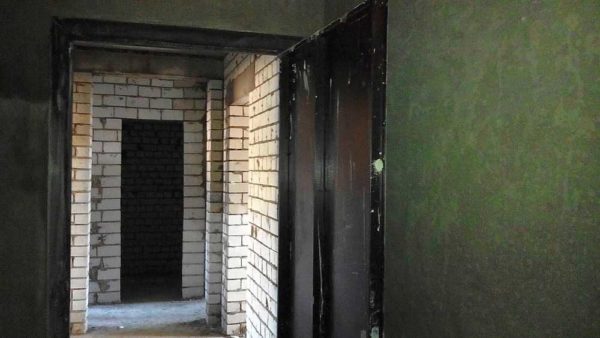
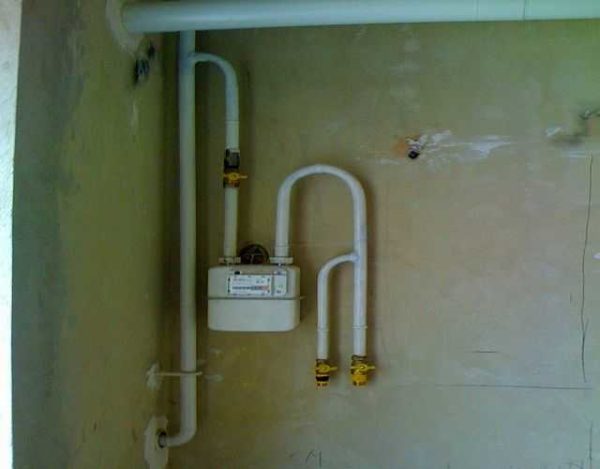
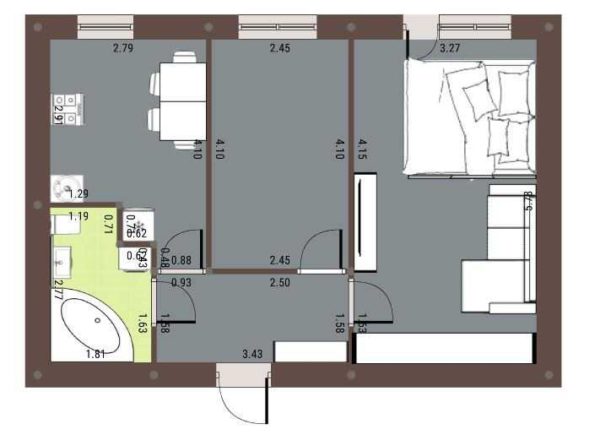
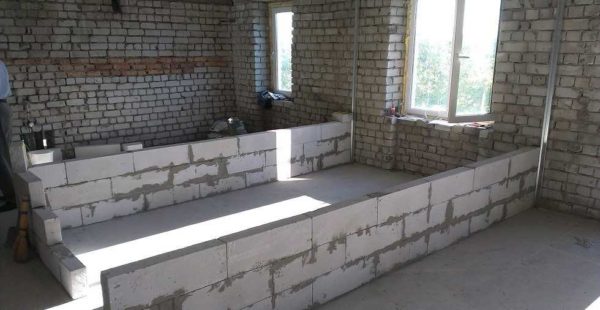
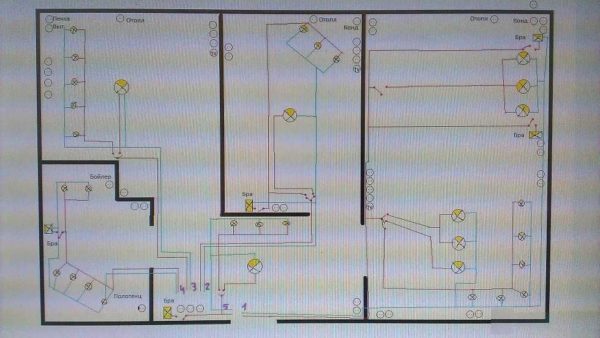
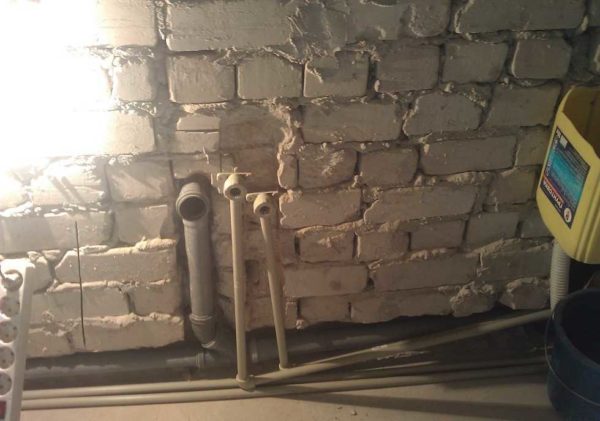

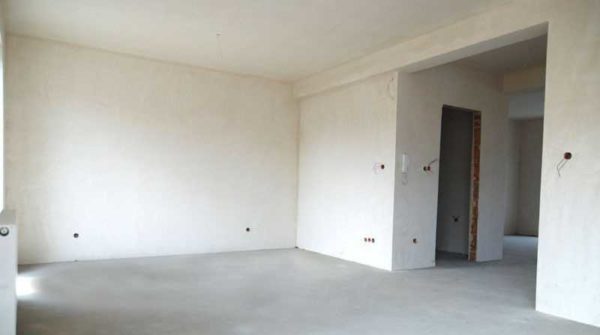
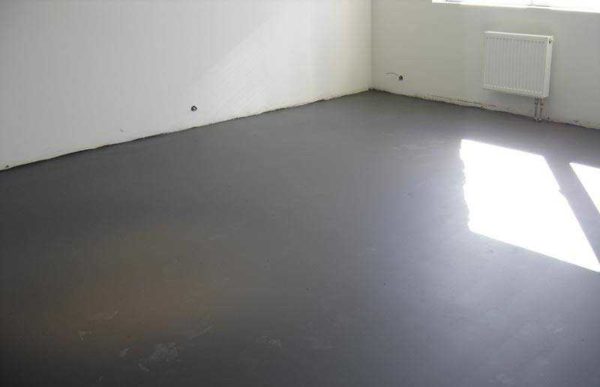
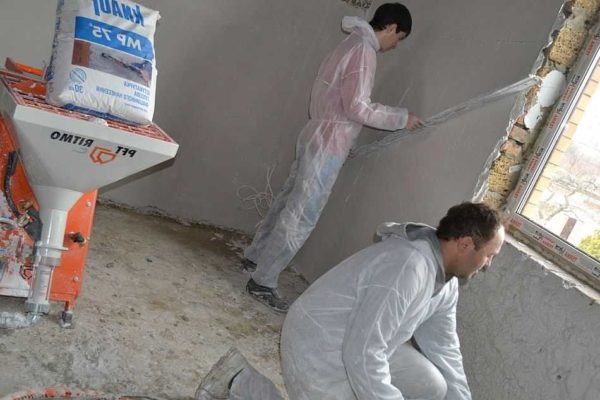

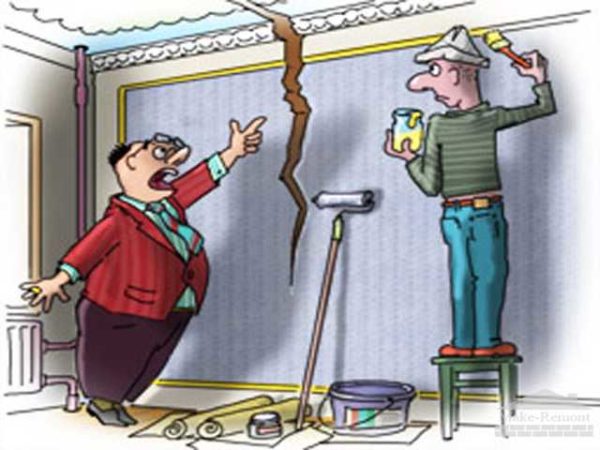
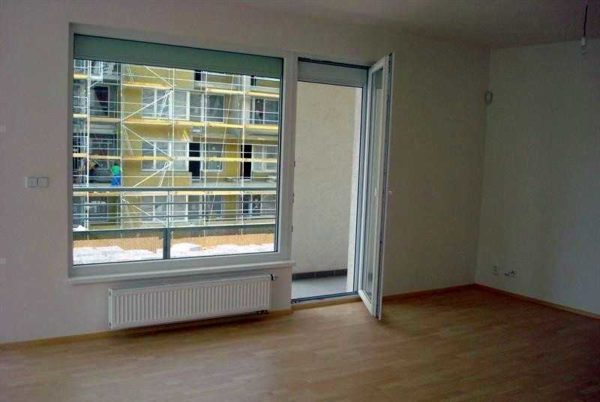
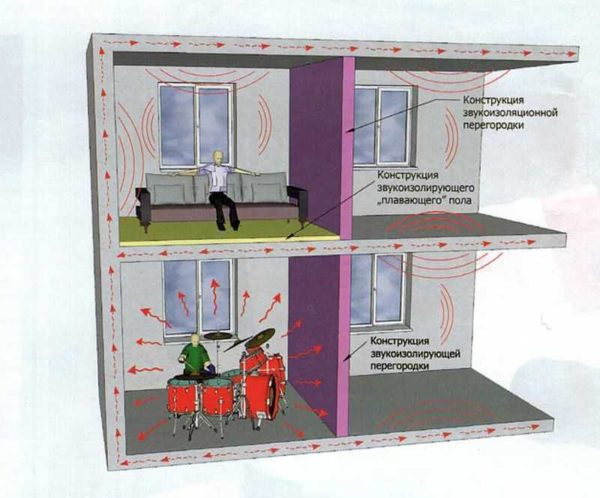



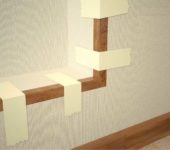






how much is a square meter
If you do everything yourself, then a square meter will cost 2-3 thousand. If you hire contractors, then at least twice as expensive.
How long does it take to repair from scratch?
It depends on the size of the apartment, the type of finish, the starting condition, the availability of money, etc. Minimum - three months can be met. This is if you need "wet" work - screed, plaster, etc.
I have a kopeck piece in a new building of 55 squares. There was a rough floor screed with drops of up to 1.5 cm (had to be leveled with a self-leveling floor) and plaster of the outer walls. The turnkey repair took 2.5 months. Much depends on the promptness of the team and the timely delivery of rough and finishing materials to the site. I tried to pay for work and materials on time. I know of cases when repairs take half a year or more.
Tell me good repairmen please
We would be glad, but there is no one